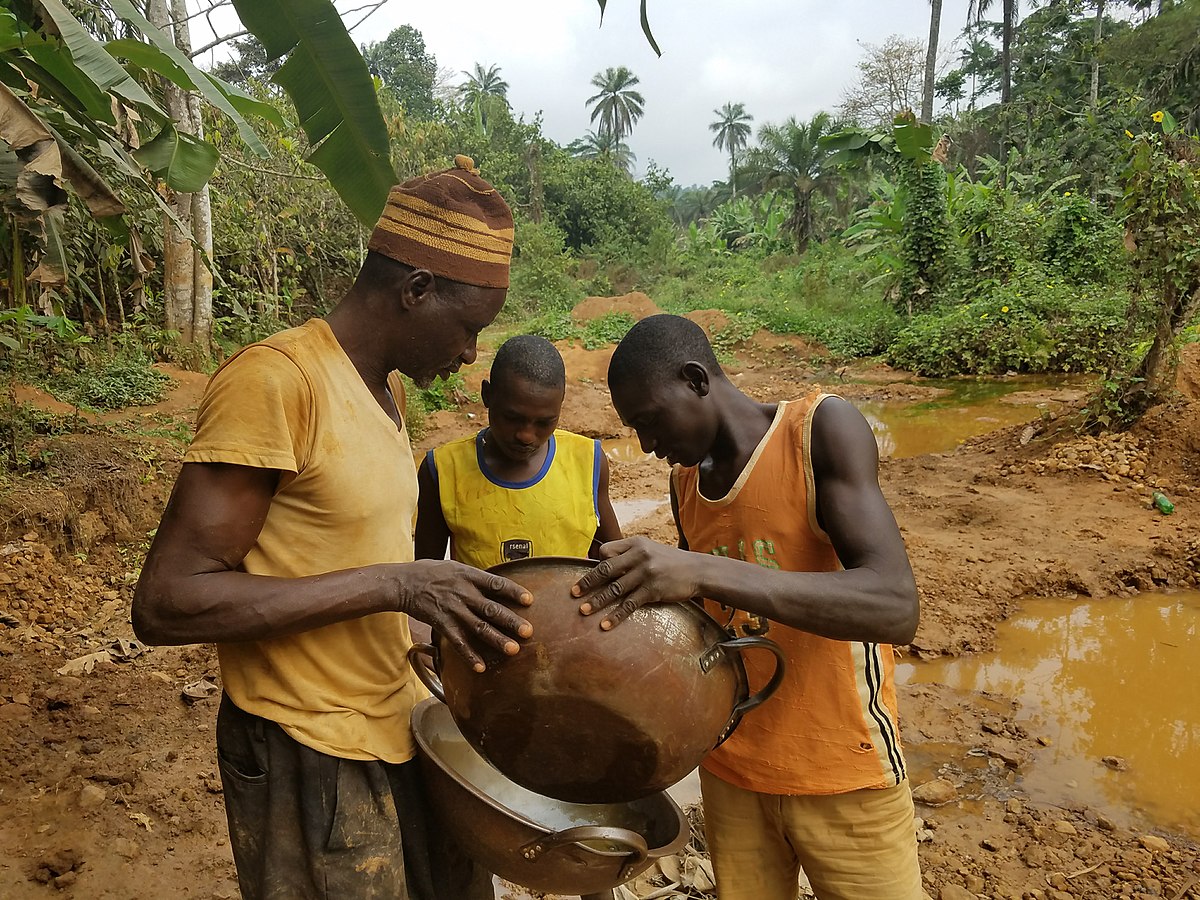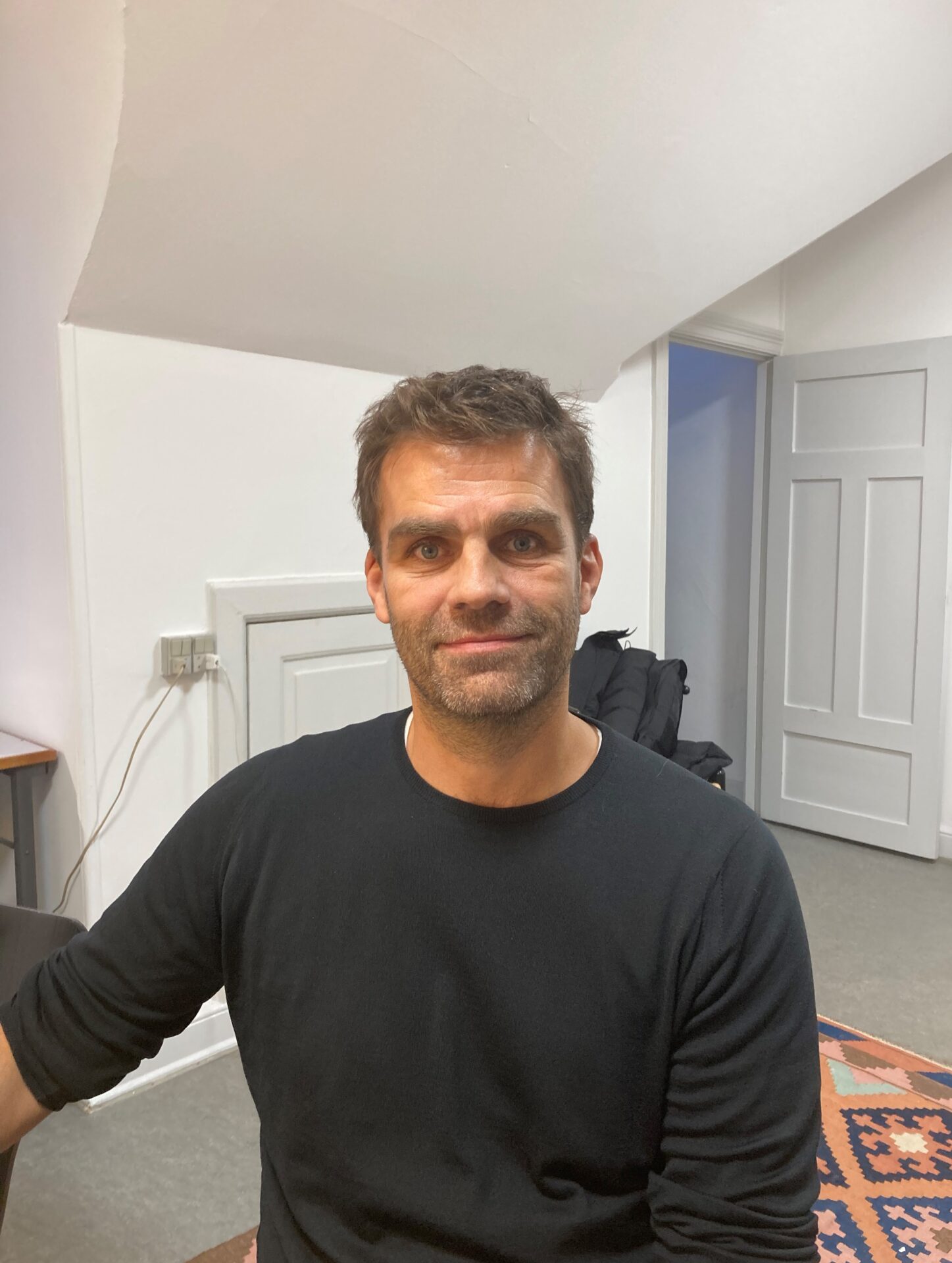Ghana is the leading producer of minerals, especially gold in Africa. But more than 35% of the country’s minerals are extracted by small-scale miners, most of them operating illegally. Pollution from mining has contaminated water sources across the country with mercury and heavy metals. Mining in Ghana represents many security, environmental, humanitarian and health challenges.
A new research project from Copenhagen university is aiming to target environmental crime in regard to illegal minded minerals in Ghana by examining minerals used in a global supply chain of technological devices which are being sent back to Ghana as e-waste and ending up on one of the biggest world e-waste dumps.
This research project was granted by the Denmark Independent Research Fund aiming to target the consequences of irregular mining and the grey zone phenomenon following this issue. The project is headed by Professor Henrik Erdman Vigh from the Department of Anthropology at the University of Copenhagen.
What is the core issue in the research you want to look into?
What we are looking at is how irregular or illegal movements go across countries. Environmental crime is the perfect example of such a crime. First, because environmental pollution does not care about borders. When we have this crucial phenomenon in some situations it becomes difficult for us to untangle what is legal and what is illegal. And this is a part of the problem here. The fact of being able to camouflage the status of those mined minerals. What we experience now is that in some situations the amount of minerals we are using in technological devices exceeds the number of minerals that are legally mined. That opens an interesting opportunity for investigation.
What kind of activities are meant by the term “irregular” mining?
Irregular mining is a terminology used here due to the fact that this kind of mining is quite varied. When we have this crucial phenomenon in some situations it becomes difficult for us to untangle what is legal and what is illegal. And this is a part of the problem here. The fact is that it is easy to camouflage the status of the minerals. We can also say that even when the companies have the right to mine on the ground of Ghana and they do follow some kind of regulations they still have very negative environmental consequences. And this is the grey zone of environmental crime. From a criminological perspective, we could say it is not that important if it’s legal or illegal mining. What is important is that it creates environmental harm and captures the grey zone phenomena in this issue.
How is irregular mining in Ghana connected to e-waste and technological products?
Ghana is also home to one of the world’s biggest e-waste or tech waste dumping grounds. That means when we look into the mining industry and we follow the mineral into the technological product, in some cases, we can follow the same product back to Ghana directly to the e-waste dumps. And what is also interesting is when we look at the e-waste we see that it is being actually mined once again for its mineral remains and that again brings up great environmental consequences. People mine batteries and take out the remaining minerals. They burn off the plastic on wires to collect them. And those minerals are again moving in the same circuit of irregular mined minerals that come out from Ghana.
How do you connect environmental crime and pollution in the research?
One of the ways to approach irregular mining regarding pollution is to look at it in terms of environmental harms and follow a more Zemiological (Zemiology is a branch of criminology studying the social harm caused by actions) than a criminological approach. For instance, as one of the negative environmental impacts of illegal mining, we can look into water sources. Drinking water is contaminated using quicksilver to separate minerals in mining activities. That’s the consequences on a social and political level for the locals living in these polluted areas. This project also moves us into risk and compliance officers and regulations and policymaking.
Are you also planning to look at health issues regarding pollution and mining into consideration?
Absolutely, we are trying to map the consequences of the mining and part of them are health issues. It is a large public health hazard, so we are definitely looking at that as well.
When we look at it from a social scientific perspective it’s clear that much of this artisanal mining seems to provide livelihood – also the e-waste dumps. But an interesting thing as a paradox is that doing so has negative impacts on other people’s livelihoods such as farmers. Those paradoxes are very much what we are looking at as well.
What are the steps you need to undertake in the research process, how do you plan to track the minerals?
We are trying to understand how this whole circuit works. Part of that is for instance looking at the supply chain. The technological industry is dependent on these minerals which means we are going to do an ethnographic study of how this mining is done, who is engaged and how it is negotiated. Following the supply chain allows us to understand how these minerals are moved and how do these minerals lose their illegal status and become incorporated into the legal product?
What is the cooperation with Ghana going to look like and what is a so far stage of the research?
The research is going to start next year. We are still in a start-up phase. We work very closely with a regional research group from a technical university in Ghana with a senior lecturer George Bob-Milliar. What we are trying to do now is to figure out what minerals already constitute a problem and which of these would be the most feasible for our investigation and that is something we are going to do with close contact with people and researchers in Ghana where we have a quite excellent research team. Also, we will be cooperating with our postdoctoral Assistant Professor Humphrey A. Asamoah who is a Ghanian from our department. (Professor Henrik E. Vigh)
Joel Agbesinyale is a master student of development studies at Lund University in Sweden coming from the Volta region of Ghana. As a Ghanian, he shared the outlook from his point of view.
‘’Illegal mining in Ghana has been a big concern as far as I can remember. The local name for that is Galamsay, a term used for small scale miners. What I have seen in Ghana, were rivers going from crystal clear to dark brown colors in just a couple of years. My grandfather lived in the western region of Ghana where we have the famous river Pra. Back in the day, when we used to visit him. I remember, the river was crystal clear and used for domestic needs, for the cattle and as drinking water because of the high quality. But a couple of years ago, I would say around 2012 the quality drastically decreased. The river is extremely polluted and dangerous to use.”
“We do have an institution called the Minerals Commission. In conjunction with the Ministry of Lands, they oversee the issuance of mining licenses and leases. Before a person receives a license for mining in a particular place the Minerals Commission needs to look at other environmental factors, for instance, the distance from a water body, but unfortunately, these factors are being very much overlooked.”
In the 1980s, Ghana implemented mineral sector reforms to attract foreign direct investment into the large-scale mining sector. Together with the large-scale mining sector, artisanal and Small-Scale mining has been rising steadily as well. In 1989, it accounted for 2.2 per cent of total production. By 2014 and 2018, the figure rose to 34.4 and 41.1 per cent of total country production. Of the total number of 1.1m artisanal and small-Scale mining operators in Ghana, 60 per cent are illegal or unregistered. To minimize production costs, the miners use technologies harmful to the environment and negatively impact the health of those who are involved. The environmental damage such as pollution of water bodies, damages to aquatic and terrestrial ecological systems, land and rainforest degradation and air pollution is highly concerning. Mining operations damage riverbanks, divert rivers and streams from their natural courses and further contribute to the floods in mining communities. Furthermore, miners are exposed to injuries and death due to inefficient protection and highly dangerous conditions. Another factor adding more harm is the poor enforcement of mining laws and regulations by governance institutions.
Artisanal and Small-Scale and large-scale Mining is an important economic activity in several gold-rich developing countries. In Ghana, this type of mining has provided jobs and livelihoods for many people, especially in rural communities. But the current practice of this kind of mining generates many negative externalities which occur regardless of whether the mining operation is formalized or not. That’s why the importance of targeting those environmental and humanitarian harms is even more urgent.
Anna Pokorná is a MSC student in Development Studies at Lund University, Sweden
SUPPORT DDRN SCIENCE JOURNALISM. DONATE DKK 20 OR MORE![]() (APPLICABLE IN DENMARK ONLY)
(APPLICABLE IN DENMARK ONLY)








